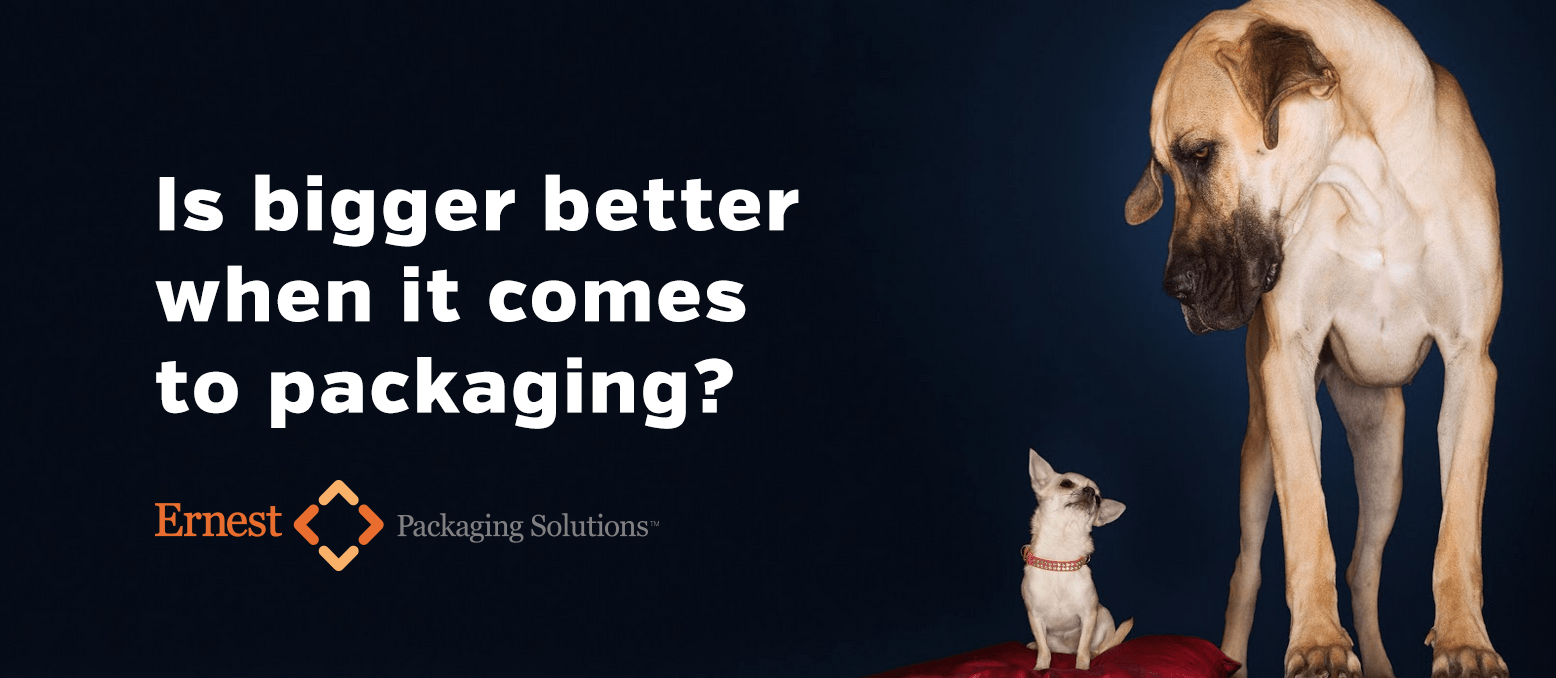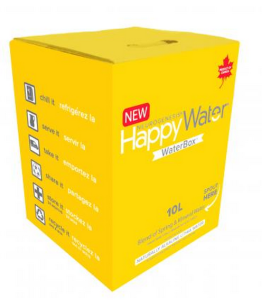Four Drivers of the Smaller Packaging Trends
October 01, 2015

Thin is in. Smaller is baller. Slight is right. At least that’s what consumers are saying when it comes to packaging size. Retail goods, food and beverage in particular, are seeing increased demand for smaller packaging coming from four primary sources.
Reason 1: You can lower your price (or at least stay the same)
What did you expect? It always comes down to money in the mind of the consumer. Smaller packaging has more to do with food manufacturers trying to offset increased food costs. When the price of wheat, dairy, corn and other staples rise, the impacts ripple through the entire food supply chain. Retailers who are weary of giving customers sticker shock by increasing a product’s cost by $.50 may be better off reducing the amount of food in each SKU instead of raising the price. Budget-conscious consumers grocery bills don’t increase and they still get to enjoy their favorite products.
Reason 2: Smaller Portions
We’ve covered the cost driving forces behind smaller packaging, now let’s explore the health angle. The next time you’re rolling around a grocery store listening to whatever smooth jazz version of “Get On Your Feet” is playing through the speakers, take a minute to see how often packaging highlights calorie content in big bold letters on the front. People who are counting calories are being targeted with low calorie-per-serving options in nearly every aisle. Of course, the quickest way to decrease calories per serving is to shrink the size of the serving. Smaller packaging allows for this simple and effective way to differentiate yourself from the competition as a healthier option at the point of purchase.
Reason 3: Convenience and The Need for Speed*
*TM Maverick and Goose from Top Gun
Last minute shoppers (aka sending your kid to the store because you ran out of eggs) and consumers looking for quick snacks on the go like small, easy-to-carry packages. When you’re in a hurry, you are looking for the product that will make your life the easiest and get you on your way the quickest. For many people, small equates to quick. After all, who would you pick in a race between Shaq and Earl Boykins?

Source 4: Sustainability Shoppers
Competition from startups who seek to make a splash are rethinking packaging that has been used for decades and are setting trends across all fronts of the food and beverage market.
 One example, Waterbox, the bag-in-box alternative to plastic jugs of water. While they can tout a more eco-friendly alternative to the much maligned though still massive bottled water industry ($13 billion in 2014) right on the box, there are additional cost reductions as well. Shipping traditional jugs with their smaller tops means you are enduring a lot of empty space in your cargo. Reducing the size and redesigning the package as a cube means you are getting the most out of your freight rates.
One example, Waterbox, the bag-in-box alternative to plastic jugs of water. While they can tout a more eco-friendly alternative to the much maligned though still massive bottled water industry ($13 billion in 2014) right on the box, there are additional cost reductions as well. Shipping traditional jugs with their smaller tops means you are enduring a lot of empty space in your cargo. Reducing the size and redesigning the package as a cube means you are getting the most out of your freight rates.
Is smaller better for you?
What all this means is it may be time to think smaller for your retail packaging. The added bonus is more cost-effective shipping and warehousing logistics. Not too shabby when it’s a win-win for both you and your customers. Learn how our engineering and innovation experts can slim down your packaging. Contact Ernest Packaging Solutions today to get started.



